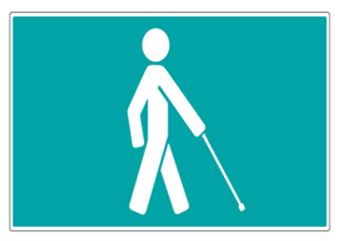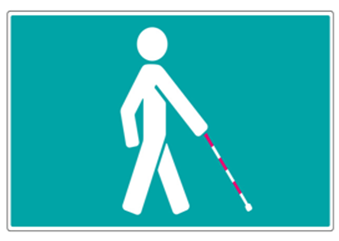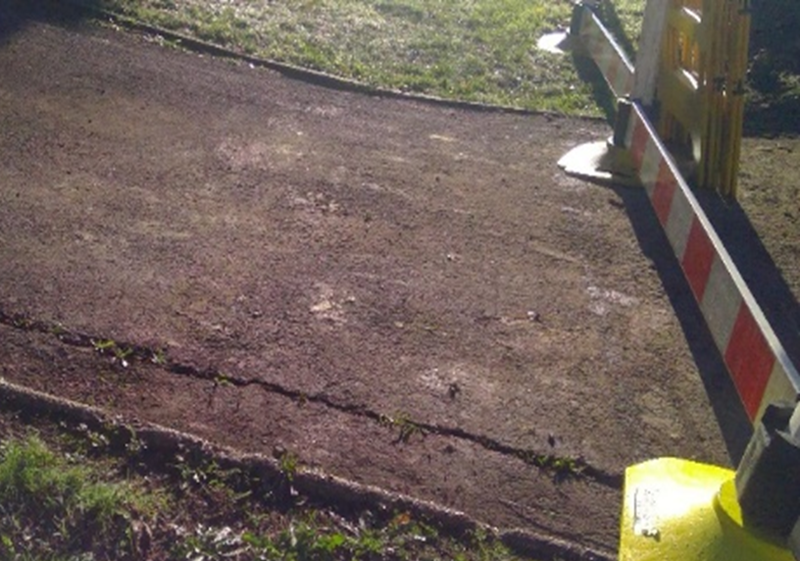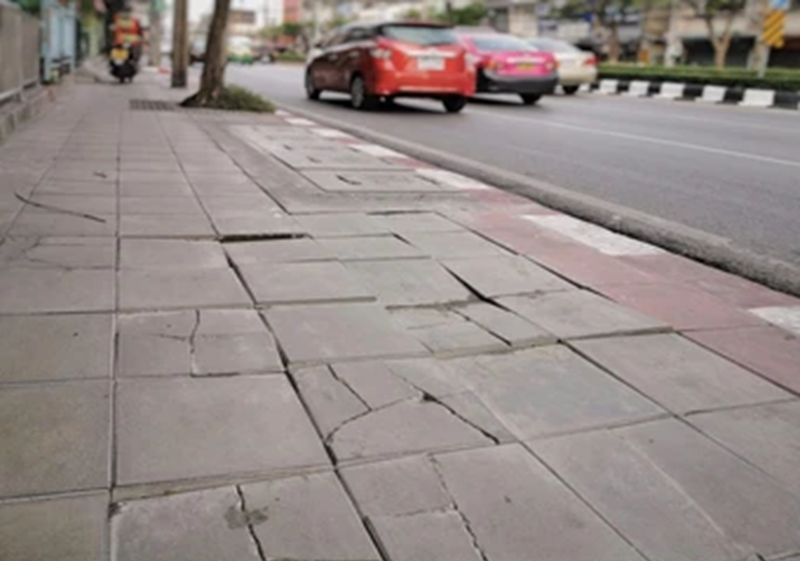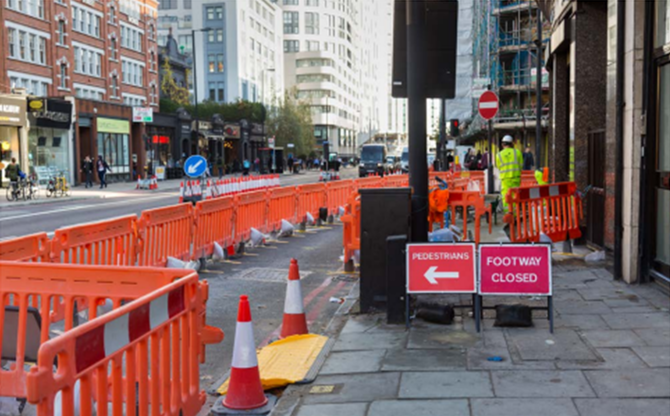This section is for operatives that are currently working on sites and what risks works will present to member of the public. Sites will always need to be adapted to meet the needs of those who need additional support, and this guide allows operatives to be more aware. This section should also be used alongside reinstatement activities where larger reinstatement vehicles and other operatives working with materials required to complete reinstatement. The “pass” over to reinstatement is key to a safe site and teams will need to make adjustments where required to facilitate all members of the public.
Our Safety Code states:
"You must consider the needs of children, older people and disabled people, with particular regard for visually impaired people", and you must provide: "a safe route suitable for people using wheelchairs, mobility scooters, prams or pushchairs".
Part of the duty of care means we must help them to understand how we’ve changed the physical environment.
You must continually check that:
- Footway and carriageways are in a good state for navigating through with a cane.
- Signs and barriers are still in place.
- Walkways are free of sharp edges, uneven levels, and obstructions that can cause tripping or falling.
- Machinery does not go above or move into the pedestrian space.
- Ramps in use are stable and secure.
- Diversions do not put the public in danger – do not divert through underpasses or dimly lit areas.
- Changes to access and impacts on transport can be explained and be ready to do so.
Once on site, it’s important to know the right way to communicate with someone you believe may be visually impaired. These tips will help:
It’s also helpful to know some visually impaired people use canes to help them navigate, and that these canes have different meanings.

Symbol cane
To say you have low but useful vision
You hold the symbol cane in front of you to let people around you know that you're partially sighted. It's particularly useful in busy places.

Guide cane
To find obstacles before they find you!
You hold a guide cane diagonally across your body and then use it to find obstacles in front of you such as kerbs or steps
It’s likely navigating a site and road works will be a daunting task for visually impaired people. Where appropriate offer support and guidance and check that they are able to navigate the site safely.
Alternatively keep a lookout to prevent pedestrians entering the working space. Remembering to stop immediately all machinery movements and escort the pedestrians back onto a safe route if they do.
Do make a note of any concerns or issues when doing this to see if there is anyway that site accessibility can be improved.
In some situations, such as emergency works carried out at short notice, it may be hard to cater for everyone’s needs.
Site operatives and supervisors can achieve a good setup by assessing location risks as set out in the Code of Practice for Safety at Street Works and Road Works.
This applies not only for the visually impaired but also for wheelchair users and for people who have hearing impairments.
Large or small, every piece of work has an impact. This is especially true for people with disabilities. We want all of our street and highway works to be safe and compliant, and must assess every location, all of the time.
Be flexible. But ask yourself these questions:
- Have I made the site safe to work in and safe for the general public?
- Whichever way they approach these works, will people using this road or footway understand what is happening and what’s expected of them?
- How am I managing plant and machinery?
- What measures are in place to ensure large vehicles can enter the site safely?
- Is there anything else I could do, to improve this situation?
There is particularly useful guidance within his video from approximately 0.45 seconds in to 3.50 minutes, 4:50 minute to 6.50 minute and the 10th minute onwards of the impact of works and how we can help visually impaired people.
For further information see:
- Temporary Traffic Management Handbook (tfl.gov.uk)
- Accessible bus stop design guidance (tfl.gov.uk)
- 12-2022-haucbulletin-footwayclosurev1.0.pdf (hauc-uk.org.uk)
- 17-2022-hauc_ramping_up.pdf (hauc-uk.org.uk)
- Safer Provisions for Pedestrians at Roadworks_A Risk Prioritisation Framework_FINAL (tfl.gov.uk)

